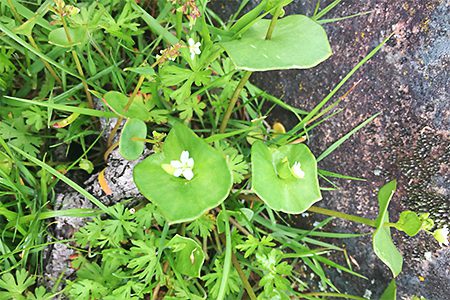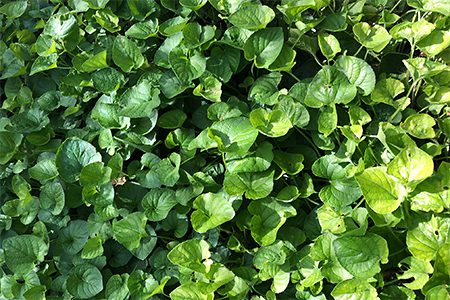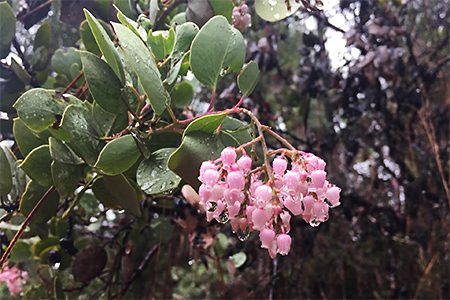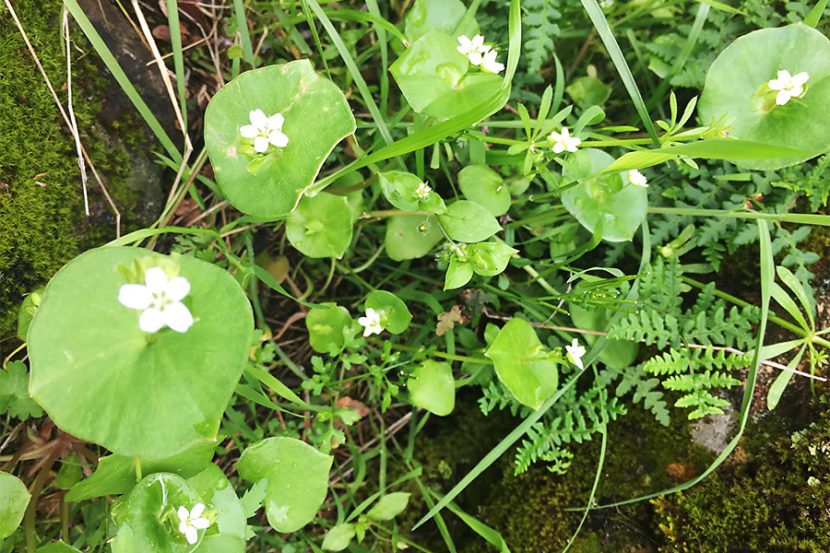Spring is here! After a long wet winter the weather is starting to warm up, the trees are blooming, the grass is growing, and myriad of other plants are starting to show their pretty little leaves. Early spring is when wild edibles are at their most tender, succulent tastiness!Here in the Sierra Nevada foothills we are lucky to have many spring greens to add to our salads, sauté or try in a wild pesto. Many people consider these greens as weeds but for me they are tender delicious delicacies provided from mother earth.
Not only are these greens free, they are full of vitamins and minerals that we cannot get from cultivated vegetables. Many of these spring greens promote fluid transport in our bodies helping us slough off the stagnancy of winter. When harvesting anything from the wild, please make sure you have properly identified the plant or ask someone who knows. That being said here is a list of some of my favorite spring greens:
Miner's lettuce, Indian lettuce, Winter purslane: Claytonia perfoliata
"Miner's lettuce" got its name from California gold rush miners who came to the area and needed a source of Vitamin C to prevent scurvy. They learned from the local native people that this plant could be consumed cooked or raw, and is abundant when all else is scarce. In addition to being high in vitamin C, it also contains; vitamin A, iron, beta-carotene and protein.

Chickweed: Stellaria media
Wonderful as a salad green or prepared as you would spinach. The name “stellaria” means little star in latin, referencing the plants star-shaped flower. This rejuvenating spring tonic helps move the bodies fluids clearing out excess toxins and waste build up from the winter months.

Dandelion: Taraxacum officinale
"Dandelion" is one of the most prolific “weeds” that grows everywhere especially in lawns across America. All parts of this plant can be used for food or medicine. Dandelion leaf is high in minerals, serves as a bitter tonic and is high in vitamins A, C and E. Dandelion leaves are tonic to the liver, kidneys and stimulate digestive secretions.

Plantain: Plantago spp.
This wonderful plant is readily spread all over the world. The fresh leaf is most famously used topically for insect bites, wounds and stings. The small leaves in early spring are edible in salads or cooked. Older leaves have fibres that must be removed before eating. Internally in a tea or in salads plantain soothes irritation in the urinary, respiratory and gastrointestinal tracts.

Mallow leaves: Malva spp.
This wonderful hardy green can be seen across the globe. The leaves are mucilaginous, helping bring moisture to dried out mucous membranes. They are wonderful in salads. All members of the mallow family can be used interchangeably, some examples arehibiscus and marshmallow.

Violet leaves and flowers: Viola odorata
These beautiful heart shaped leaves and purple flowers add a delightful flavor and color to a spring salad. These peppery tasting leaves help relieve congestion in the lymphatic and respiratory systems. Try in a pesto or make a violet flower syrup.

Manzanita flowers: Arctostaphylos spp.
This is not a green per say but these lovely prolific shrubs carpet the landscape in Nevada County. In early spring we are showered with little bundles of pink flowers greeting us to the warmer times ahead. Enjoy these little flowers on your salad or soak them in honey to enjoy later in the year.

By Alene Sidle

One thought on “Forage your own wild spring greens!”
That’s a wonderful post. I too love the Miner’s lettuce. Yum!
Comments are closed.